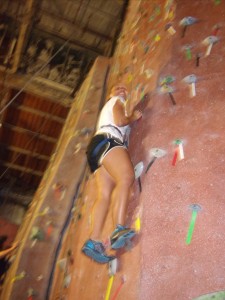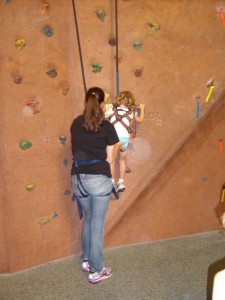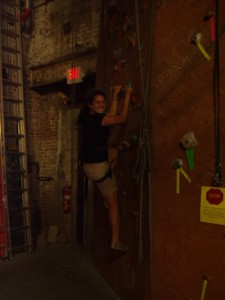Author Archives: fscollab
Density of Active Galactic Nuclei at Various Redshifts
Faculty Mentor: Paul Wiita Student: Walter Ingram The goal of this project is to determine the density and fraction of Active Galactic Nuclei (AGN) in different redshift bins: we chose .01-.03 (close distance); .4-.5 (medium distance); and .7-.9 (far distance). By looking at random parts of the sky using the NASA Extragalactic Database (NED) we… Continue Reading
Tornadogenesis
Faculty Mentor: Nathan Magee Student: Megan Hartline This summer Melanie Crampton, Walter Ingram, and I worked with Impress-Ed, a program funded by NASA that gives future science educators the opportunity to learn more about earth science by participating in focused research in either astrophysics, geophysics, or atmospheric physics. During the first two weeks of the… Continue Reading
Eastern United States Crust Characterization
Faculty Mentor: Maggie Benoit Student: Melanie Crampton The lithosphere of east coast of the United States has been modified dramatically by two different supercontinent cycles over the past 1.2 billion years. A supercontinent cycle involves continental collision and subduction as tectonic plates converge, as well as rifting as the continental plates break apart and diverge. … Continue Reading
A Mathematical Model of Cancer: Tumor Growth & Invasion
Faculty Mentor: Jana Gevertz Student: Kayla Spector The focus of this project was cancer cell invasion, the process by which cancerous cells leave the primary tumor site and enter healthy tissue. Invasion is the first step of metastasis, the formation of secondary cancer colonies. My goal was to build a mathematical model which accurately describes… Continue Reading
Synthesis and Reactivity Studies of Ni(II) Complexes Containing Hemilabile Groups
Faculty Mentor: Abby O’Connor Student: Jacob Levene valuable for use in catalysis. One place nickel is utilized in nature is in the hydrogenase enzyme, a biologically relevant catalyst. As organometallic chemists, we are interested in identifying new nickel complexes for use in catalytic applications. Our work focuses on the rational design of nickel complexes for… Continue Reading
A Study for Strategies for the Synthesis of Aromatic Silyl Ketones
Faculty Mentor: David Hunt Student: Katrina Wunderlich In our lab we wish to study the Brook Rearrangement on a series of aromatic silyl ketones. However, aromatic silyl ketones are not readily available commercially. Therefore, they must be synthesized. The current literature for the synthesis of silyl ketones tends to follow three basic steps: 1. Protection… Continue Reading


























































